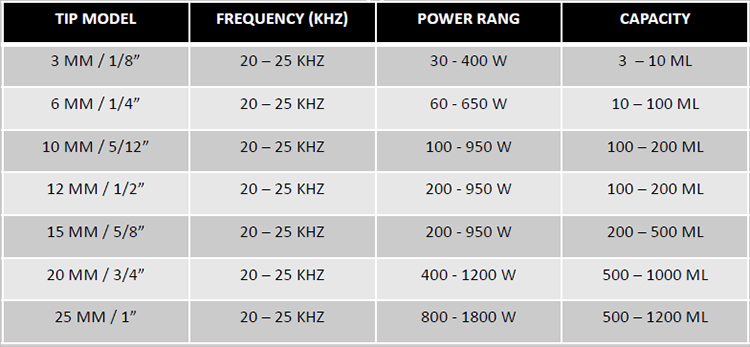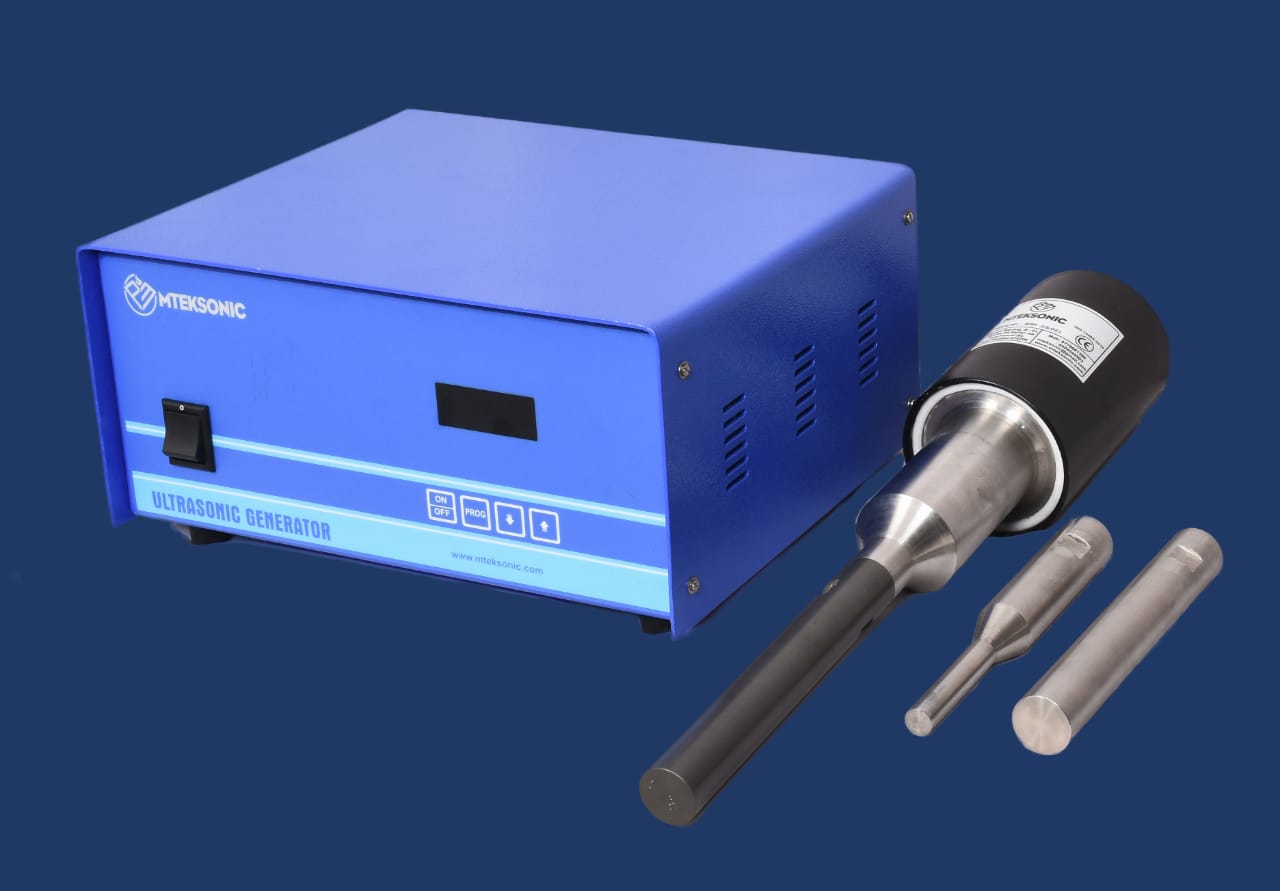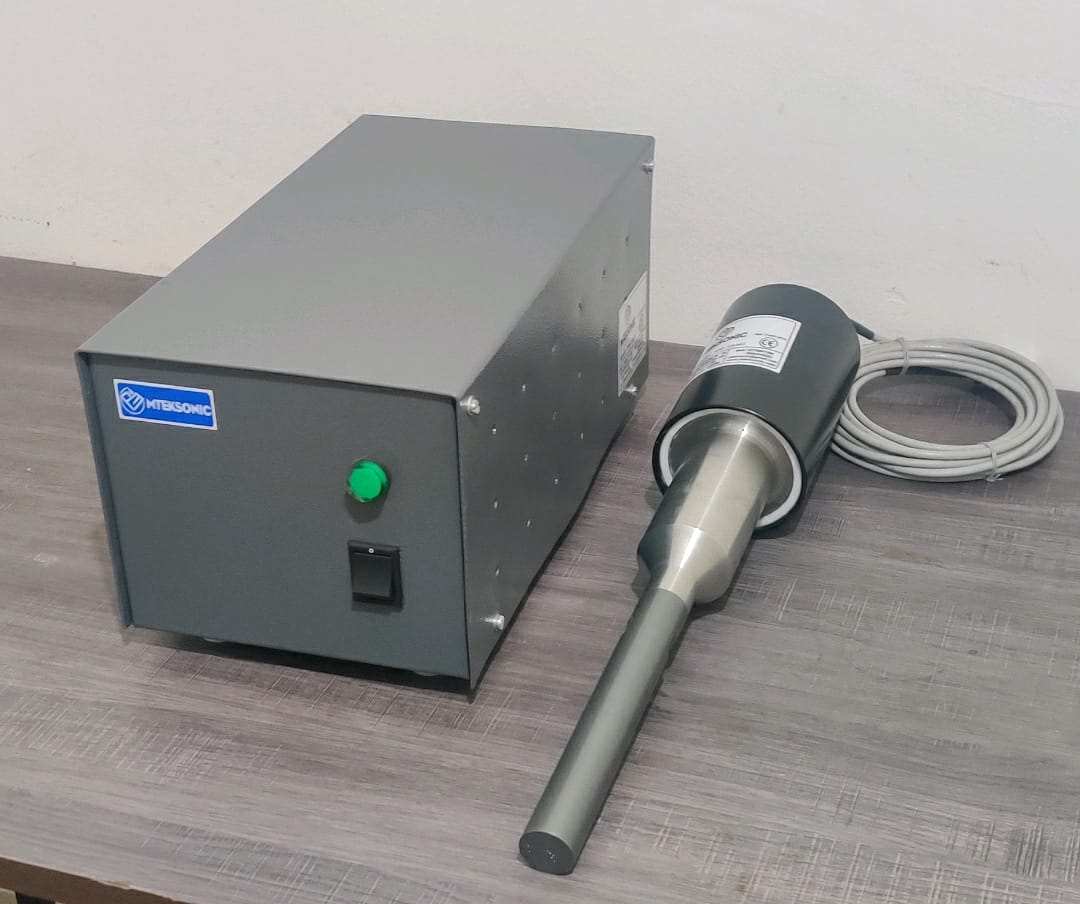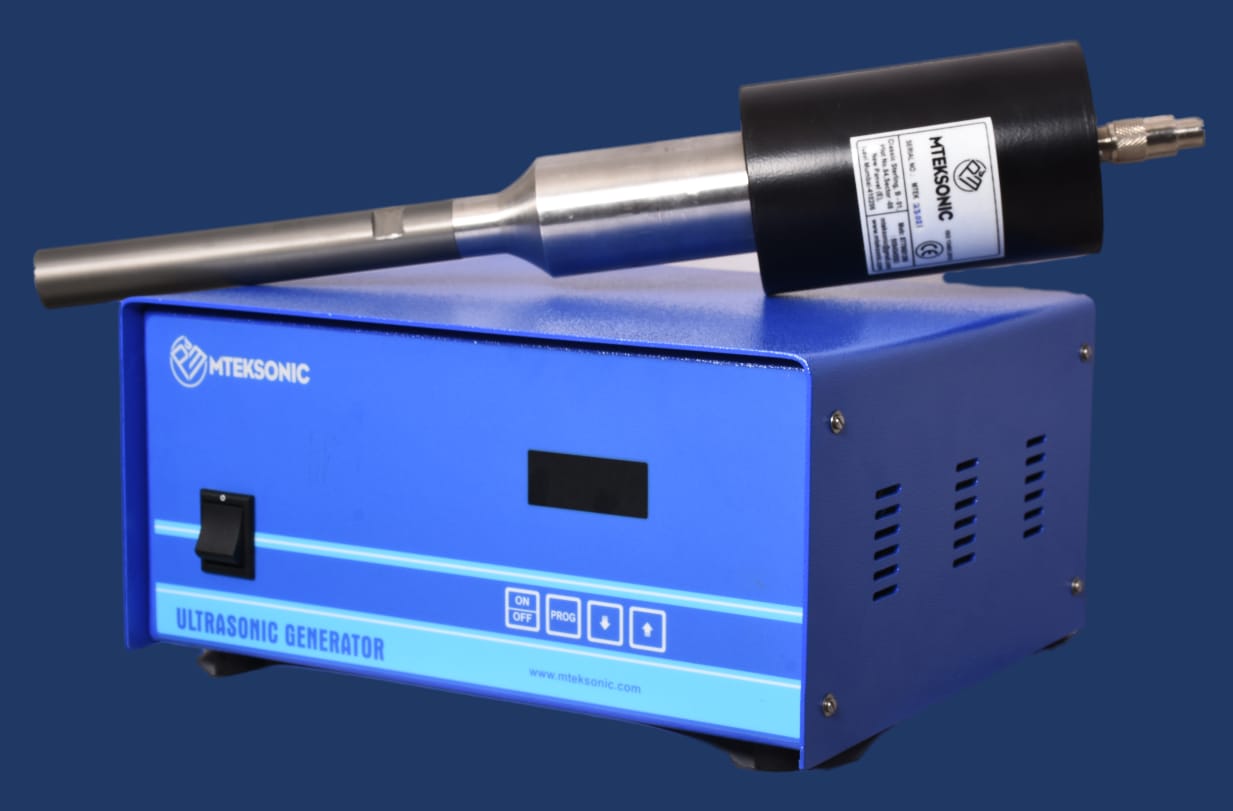Ultrasonic Processor
The Ultrasonic Disruptor / Crusher which used for multifunctional and multipurpose instrument for ultrasonic processer by cavitation in liquid material. It can be used for a variety of plants and animals, bacteria, viruses, cells and the organization of broken, at the same time can be used to emulsify, separation, scattered, cracking, homogenization, extraction, defoaming, cleaning, nanometer material preparation, graphene dispersion and chemical reactions, etc.
Category: Ultrasonic Processor
Tag: Ultrasonic Processor, Ultrasonic Crusher, Disrupter, Disintegrator, Probe Sonicator
The Ultrasonic Disruptor/Crusher which used for multifunctional and multipurpose instrument for ultrasonic processer by cavitation in liquid material. It can be used for a variety of plants and animals, bacteria, viruses, cells and the organization of broken, at the same time can be used to emulsify, separation, scattered, cracking, homogenization, extraction, defoaming, cleaning, nanometer material preparation, graphene dispersion and chemical reactions, etc.

Ultrasonic Dispersing and De-agglomeration
The dispersing and de-agglomeration of solids into liquids is an important application of ultrasonic devices. Ultrasonic cavitation generates high shear forces that break particle agglomerates into single dispersed particles.
Ultrasonic Emulsifying:
Emulsions are dispersions of two or more immiscible liquids. Highly intensive ultrasound supplies the power needed to disperse a liquid phase (dispersed phase) in small droplets in a second phase (continuous phase). In the dispersing zone, imploding cavitation bubbles cause intensive shock waves in the surrounding liquid and result in the formation of liquid jets of high liquid velocity. At appropriate energy density levels, ultrasound can well achieve a mean droplet sizes below 1 micron (micro-emulsion). A wide range of intermediate and consumer products, such as cosmetics and skin lotions, pharmaceutical ointments, varnishes, paints and lubricants and fuels are based wholly or in part of emulsions.
Ultrasonic Cell Disintegration:
This effect can be used for fermentation, digestion and other conversion processes of organic matter. After milling and grinding, ultra sonication makes more of the intra-cellular material e.g. starch as well as the cell wall debris available to the enzymes that convert starch into sugars. It does also increase the surface area exposed to the enzymes during liquefaction or scarification. This does typically increase the speed and yield of yeast fermentation and other conversion processes, e.g. to boost the ethanol production from biomass. Ultrasonic treatment can disintegrate fibrous, cellulosic material into fine particles and break the walls of the cell structure. This releases more of the intra-cellular material, such as starch or sugar into the liquid. In addition to that the cell wall material is being broken into small debris.
Ultrasonic Cell Extraction
The extraction of enzymes and proteins stored in cells and subcellular particles is an effective application of high-intensity ultrasound, as the extraction of organic compounds contained within the body of plants and seeds by a solvent can be significantly improved. Ultrasound has a potential benefit in the extraction and isolation of novel potentially bioactive components, e.g. from non- utilized by-product streams formed in current processes.






